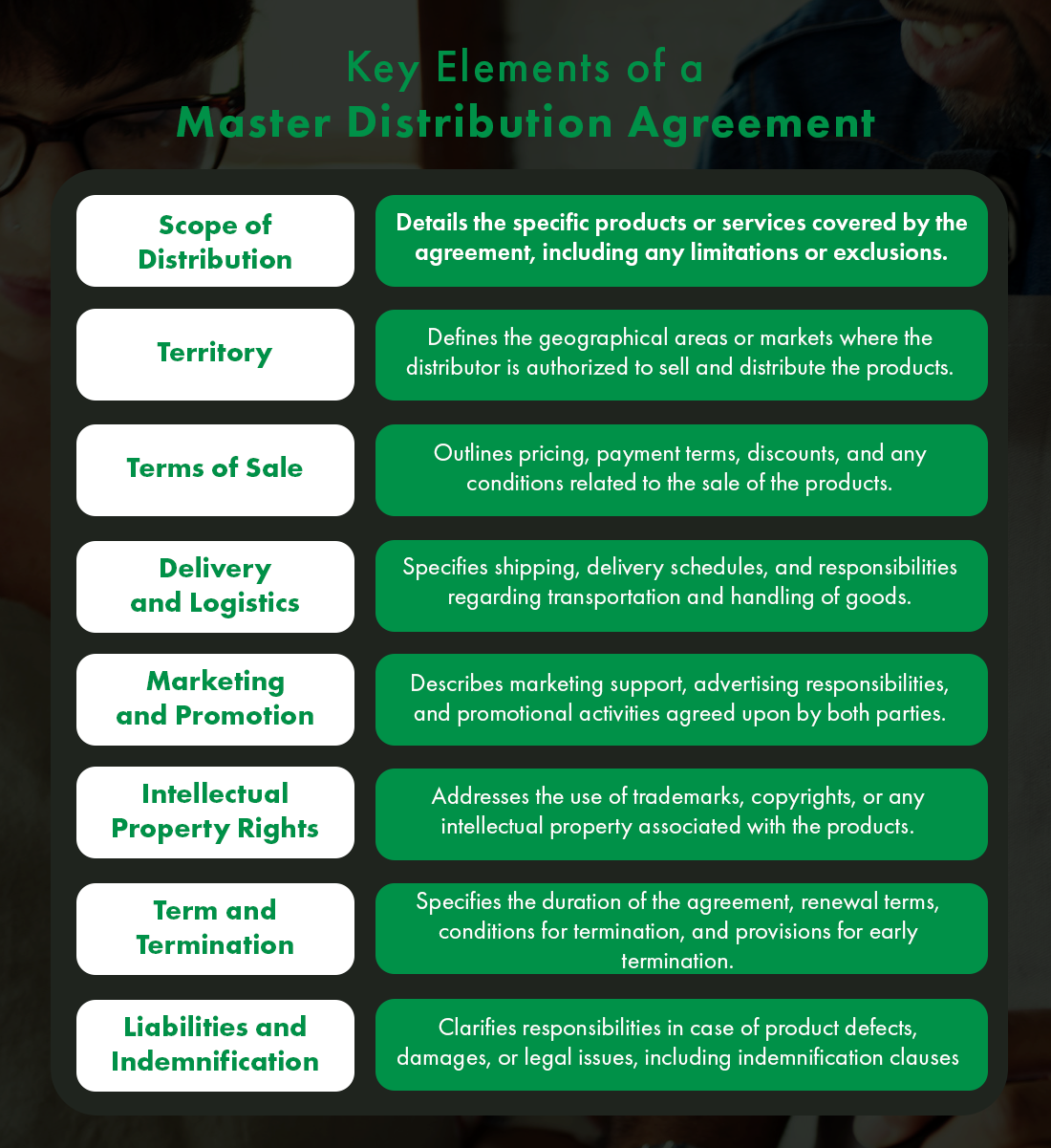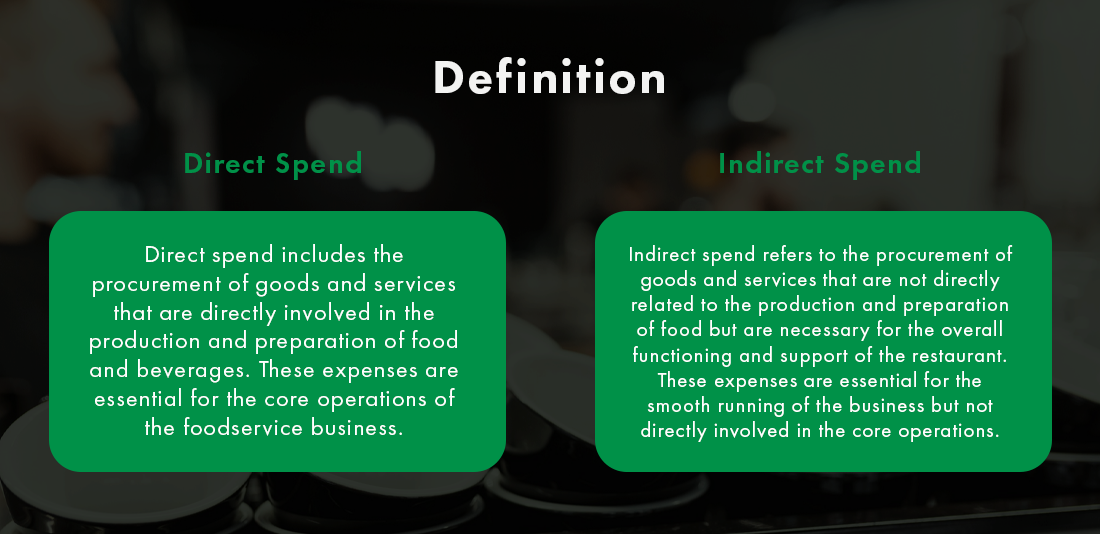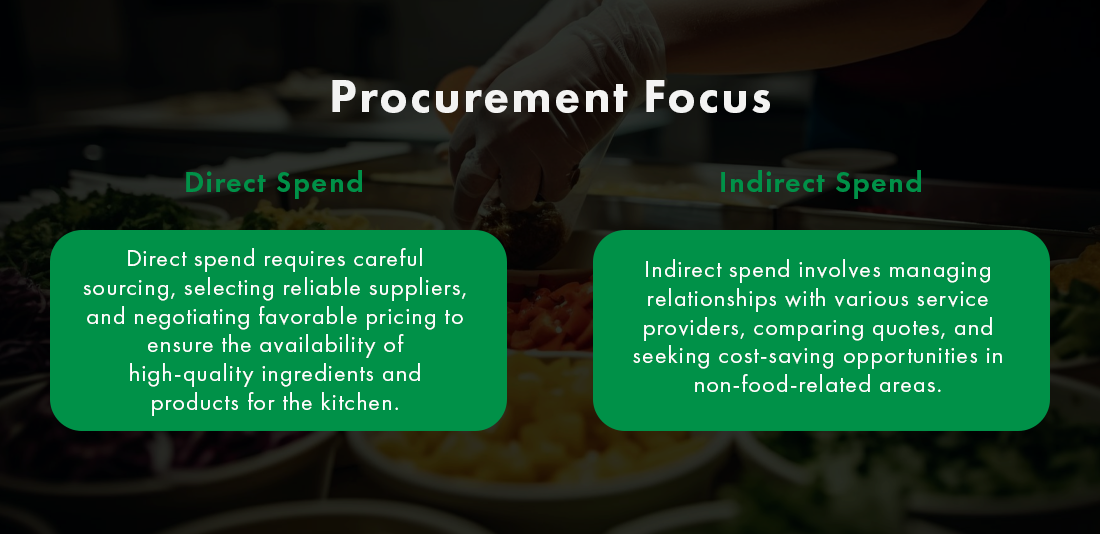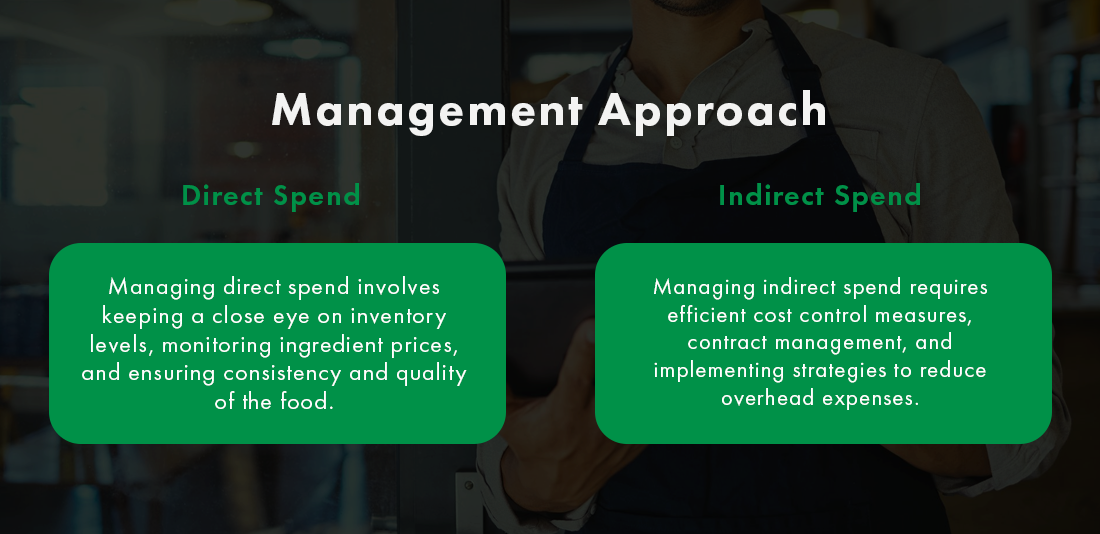Supply Chain Optimization with Consolidated Concepts
Supply chain optimization stands as a linchpin for success for multi-unit restaurant operators. It’s the difference between seamless, cost-effective operations and navigating a minefield of challenges.
What is supply chain optimization?
Supply chain optimization refers to the strategic process of maximizing efficiency and effectiveness throughout the entire supply chain network. It involves identifying areas of improvement and implementing solutions to enhance the flow of goods, services, and information from suppliers to customers.
It’s essential to acknowledge the challenges that multi-unit restaurants encounter in their pursuit to supply chain optimization.
- Diverse Procurement Challenges: Multi-unit restaurant operators often grapple with the daunting task of procuring a diverse range of ingredients and supplies for their various locations. Sourcing high-quality products consistently and negotiating favorable terms with suppliers can be a logistical nightmare.
- Data Complexity and Decision-Making Hurdles: The abundance of data in the modern business landscape can be overwhelming. Multi-unit operators struggle to distill meaningful insights from the vast information available to them.
- Tailoring Solutions to Various Needs: One size rarely fits all in the restaurant industry, and supply chain management is no exception. The challenge lies in adapting strategies to meet the unique needs of each location while maintaining a cohesive and efficient overall system.
- Proactive Risk Management: Unforeseen risks pose a constant threat to supply chain stability. Multi-unit operators need robust risk management strategies to navigate market fluctuations, regulatory changes, and supplier reliability concerns.
- Coordinated Logistics Across Locations: Efficient logistics are paramount in optimizing a multi-unit restaurant supply chain. Coordinating inventory, orders, and deliveries across various locations can be a logistical nightmare.
- Building Strong Supplier Relationships: Collaboration with suppliers is a cornerstone of a successful supply chain. Multi-unit operators face the challenge of maintaining strong relationships with a diverse range of suppliers.
The road to efficiency is riddled with obstacles. However, recognizing these challenges is the first step towards overcoming them. By acknowledging the importance of proactive risk management and tailored solutions to meet diverse needs, operators can pave the way for a streamlined and resilient supply chain.
Wondering how to navigate these challenges and optimize your supply chain efficiently?
From centralized procurement to data-driven decision-making, Consolidated Concepts provides a comprehensive toolkit to address these challenges head-on and drive unparalleled efficiency and success in supply chain management for multi-unit operators.

Curious about unlocking the full potential of your multi-unit restaurant’s supply chain? Let’s explore how Consolidated Concepts can elevate your operations to new heights.
Centralized Procurement
Consolidated Concepts offers centralized procurement solutions that harness the collective purchasing power of multi-unit operators, simplifying the procurement process and ensuring consistent quality across the board.
Data-Driven Decision Making
Consolidated Concepts addresses this challenge by providing advanced data analytics and tools. This empowers operators to make informed decisions based on real-time data, streamlining the decision-making process, and enhancing overall supply chain efficiency.
Customized Supply Chain Solutions
Consolidated Concepts excels in customizing supply chain solutions, offering tailored strategies that accommodate regional preferences, specialty ingredients, and specific operational requirements.
Risk Management
Consolidated Concepts takes a proactive approach to risk mitigation, leveraging its market expertise to identify potential pitfalls and implement preventative measures, ensuring a resilient supply chain.
Streamlined Logistics
Consolidated Concepts simplifies this process through advanced logistics management systems, reducing lead times, minimizing stockouts, and creating a seamless and reliable supply chain network.
Supplier Collaboration
Consolidated Concepts acts as a bridge, fostering collaboration and transparency between operators and suppliers, building lasting partnerships that contribute to the overall success of the supply chain.
Navigating the complexities of supply chain optimization is no easy feat for multi-unit restaurant operators. Yet, by recognizing the challenges and embracing proactive strategies, operators can pave the way for a more efficient and resilient supply chain.
Ready to partner with Consolidated Concepts for optimized supply chain management? Get in touch with an industry expert today!
Frequently Asked Questions
How does supply chain optimization with Consolidated Concepts contribute to overall cost savings for multi-unit restaurant operators? Through centralized procurement, efficient logistics, and strategic decision-making, Consolidated Concepts helps multi-unit operators minimize costs, resulting in significant overall cost savings.
How does data-driven decision-making benefit multi-unit restaurant operators in supply chain optimization? Advanced data analytics tools provided by Consolidated Concepts empower operators to make informed decisions based on real-time data, streamlining the decision-making process and enhancing overall supply chain efficiency.
Can Consolidated Concepts help multi-unit restaurant operators adapt to changing market conditions through supply chain optimization? Absolutely. The proactive approach to risk management and the flexibility in supply chain solutions enable multi-unit operators to adapt swiftly to changing market conditions, ensuring resilience and sustained success.
How can Consolidated Concepts help my multi-unit restaurant in negotiating better terms with suppliers? Consolidated Concepts leverages its collective purchasing power to negotiate favorable terms with suppliers, ensuring cost-effective procurement for multi-unit operators.
What sets Consolidated Concepts apart in the realm of supply chain optimization for multi-unit restaurants? Consolidated Concepts stands out with its holistic and customizable approach, combining centralized procurement, data-driven decision-making, tailored solutions, risk management, streamlined logistics, and supplier collaboration to deliver unparalleled supply chain optimization for multi-unit operators.








































